Nature reports
Publisher: Wageningen University & Research
Page 4 of 4 - 36 Results
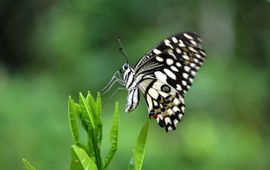
The results of a four-year study, cataloging the butterfly species of St. Eustatius over the winter months of 2009-2012, have been published. This project also provided an update to species lists for the Dutch Caribbean islands of..

New digital and technological developments are rapidly transforming the field of nature experiences. Digital technologies are often regarded as threatening to the relationship between people and nature, as they are thought to..
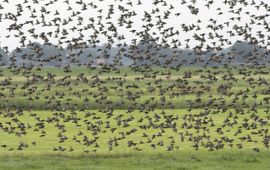
Many fish species swim in schools and birds fly in flocks. Such collective behaviour must arise from the interactions between the animals. How it works was largely unclear. Wageningen-researchers now provide insight into the..
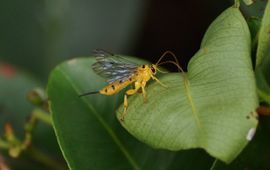
Parasitic wasps can move their ovipositor, a tube-like organ for laying eggs, in any direction by changing the shape of the end of the tube. Therefore, they can steer the ovipositor with muscles in their abdomen. This technique..
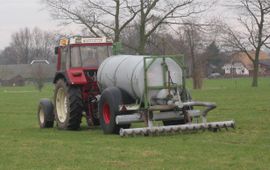
Nitrogen deposition is the most influential global driver of anthropogenic biodiversity decline besides habitat destruction and the emission of greenhouse gases. Recent insights on its threats to biodiversity and ways to recovery..
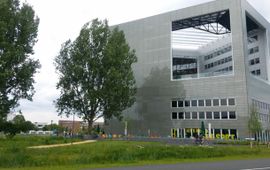
If only trees could talk… Well they can now. A thirty-something-year-old poplar tree on the campus of Wageningen University & Research is currently tweeting about how it deals with hot, dry days without enough water, and the..
